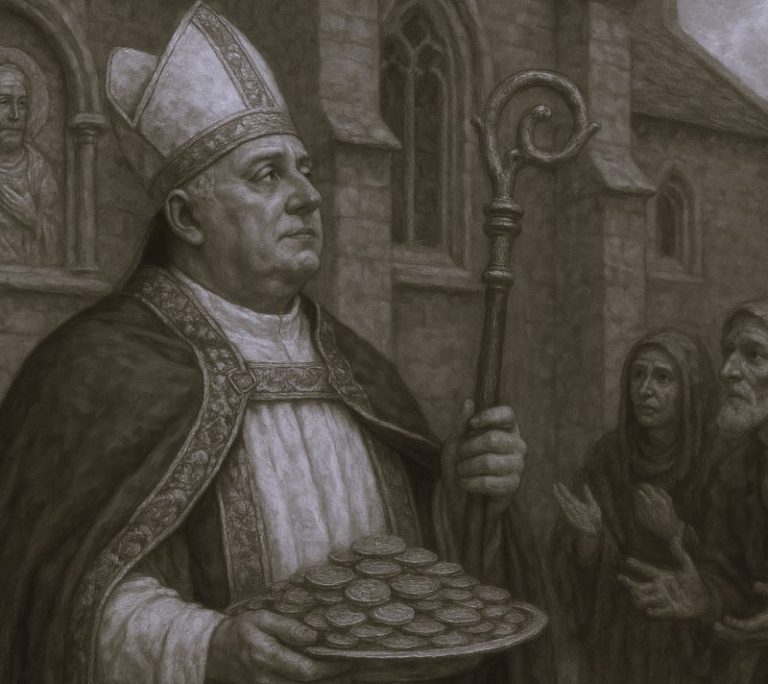

Curated/Reviewed by Matthew A. McIntosh
Public Historian
Brewminate
Overview of the Temple Mount
Al-Aqsa Mosque located in the Old City of Jerusalem, is the third holiest site in Islam. The mosque was built on top of the Temple Mount, known as the Al Aqsa Compound or Haram esh-Sharif in Islam, several decades after Muhammad’s death. Modern Muslims believe that Muhammad was transported from the Great Mosque of Mecca to this location during the Night Journey. Islamic tradition holds that Muhammad led prayers towards this site until the 16th or 17th month after his migration from Mecca to Medina, when Allah directed him to instead turn towards the Kaaba in Mecca.
The covered mosque building was originally a small prayer house erected by Umar, the second caliph of the Rashidun Caliphate, after the Muslim conquest of the Levant in the early 7th century. It was rebuilt and expanded by the Umayyad caliph Abd al-Malik and finished by his son al-Walid in 705. The mosque was completely destroyed by an earthquake in 746 and rebuilt by the Abbasid caliph al-Mansur in 754. It was rebuilt again in 780. Another earthquake destroyed most of al-Aqsa in 1033, but two years later the Fatimid caliph Ali az-Zahir built another mosque whose outline is preserved in the current structure.
During the periodic renovations undertaken, the various ruling dynasties of the Islamic Caliphate constructed additions to the mosque and its precincts, such as its dome, facade, its minbar, minarets and the interior structure. When the Crusaders captured Jerusalem in 1099, they used the mosque as a palace and the Dome of the Rock as a church. The structure was also the headquarters of the religious order of the Knights Templar. After the area was recaptured by Saladin in 1187, the structure’s function as a mosque was restored. More renovations, repairs and additions were undertaken in later centuries by the Ayyubids, Mamluks, Ottomans, the Supreme Muslim Council, and Jordan. Today, the Old City is under Israeli control, but the mosque remains under the administration of the Jordanian/Palestinian-led Islamic Waqf.
The mosque is located in close proximity to historical sites significant in Judaism and Christianity, most notably the site of the Second Temple, the holiest site in Judaism. As a result, the area is highly sensitive, and has been a flashpoint in the Israeli–Palestinian conflict.
Why the Conflict?
The above video, presented by Insider News (01.20.2016, YouTube, shared with embed permission), delves into a history of the conflict surround the Al-Aqsa Mosque. While religion is involved, the conflict is mostly about two groups of people who claim the same land. And it really only goes back about a century, to the early 1900s. At its heart, it is a conflict between two self-determination movements — the Jewish Zionist project and the Palestinian nationalist project — that lay claim to the same territory.
Overview text originally published by Wikipedia, 07.29.2002, under a Creative Commons Attribution-ShareAlike 3.0 Unported license.







